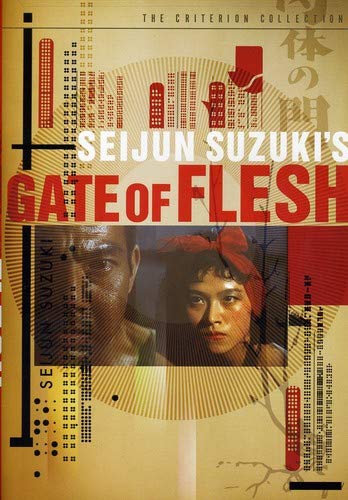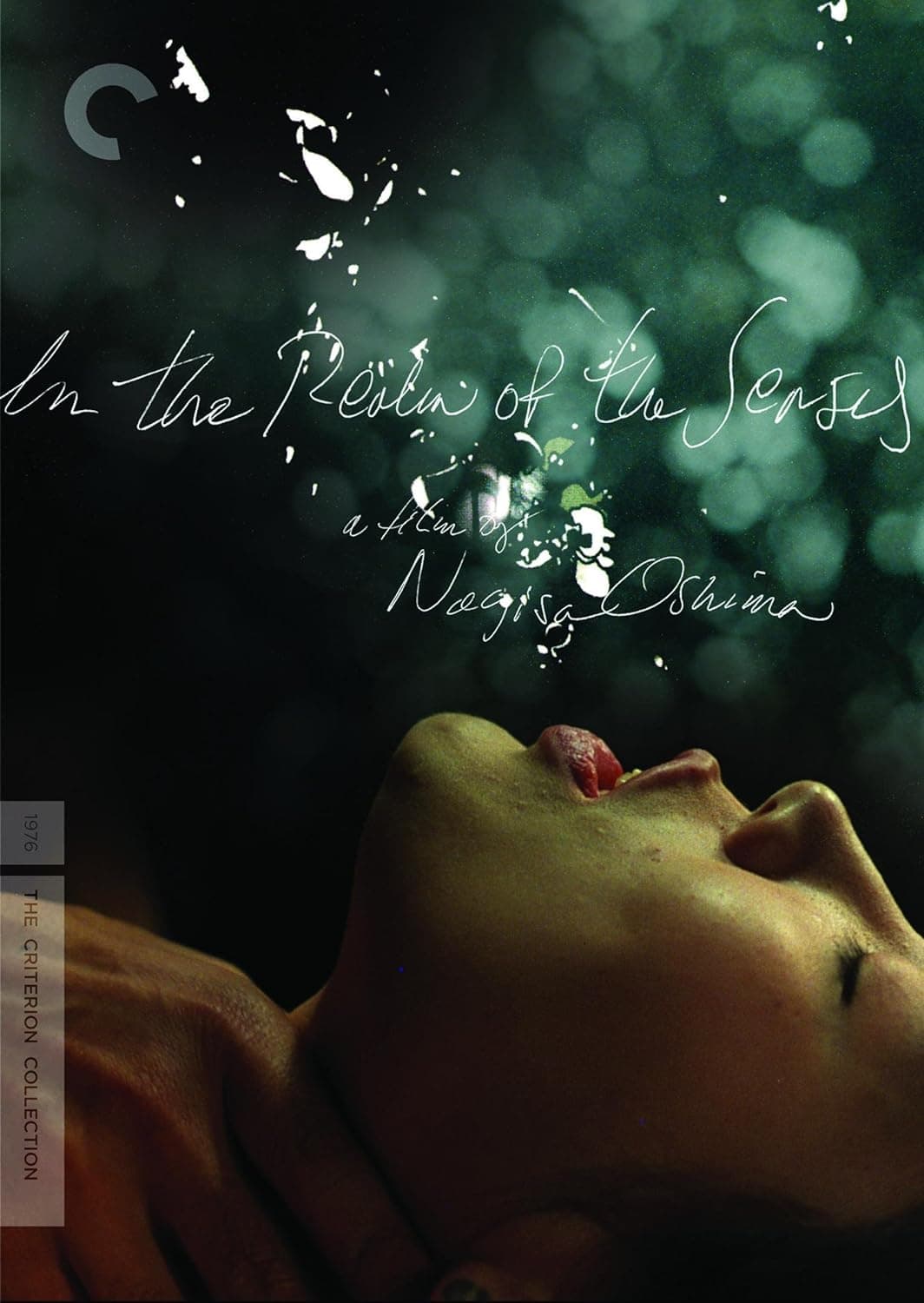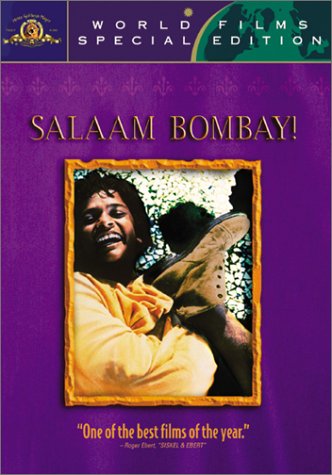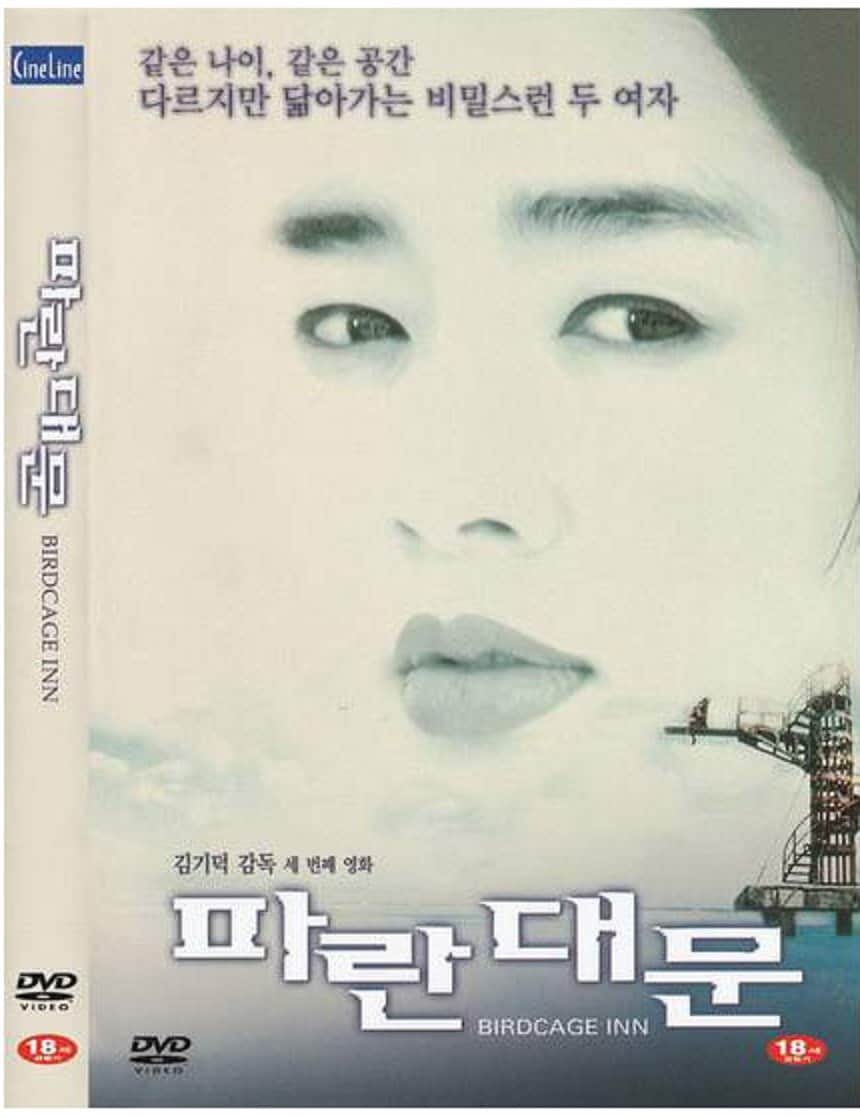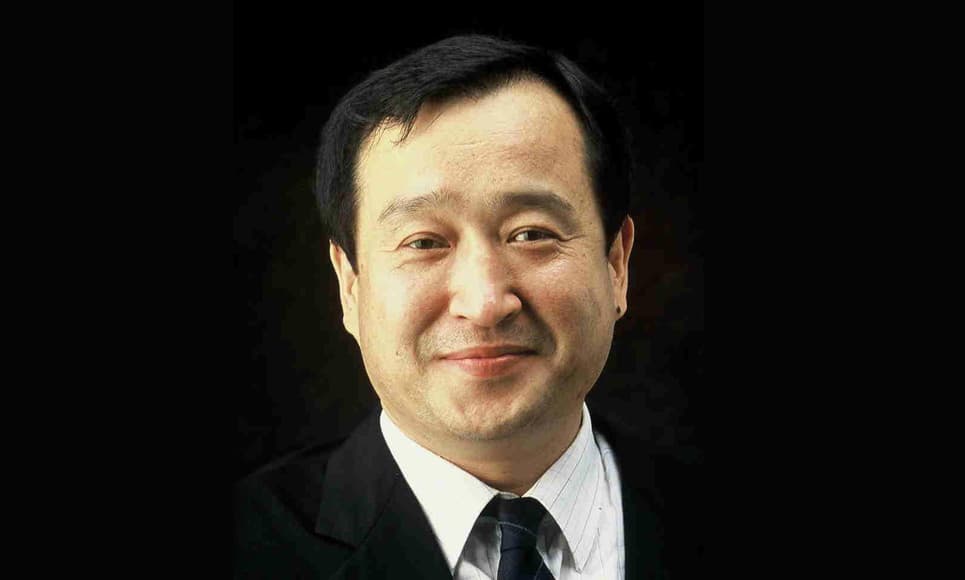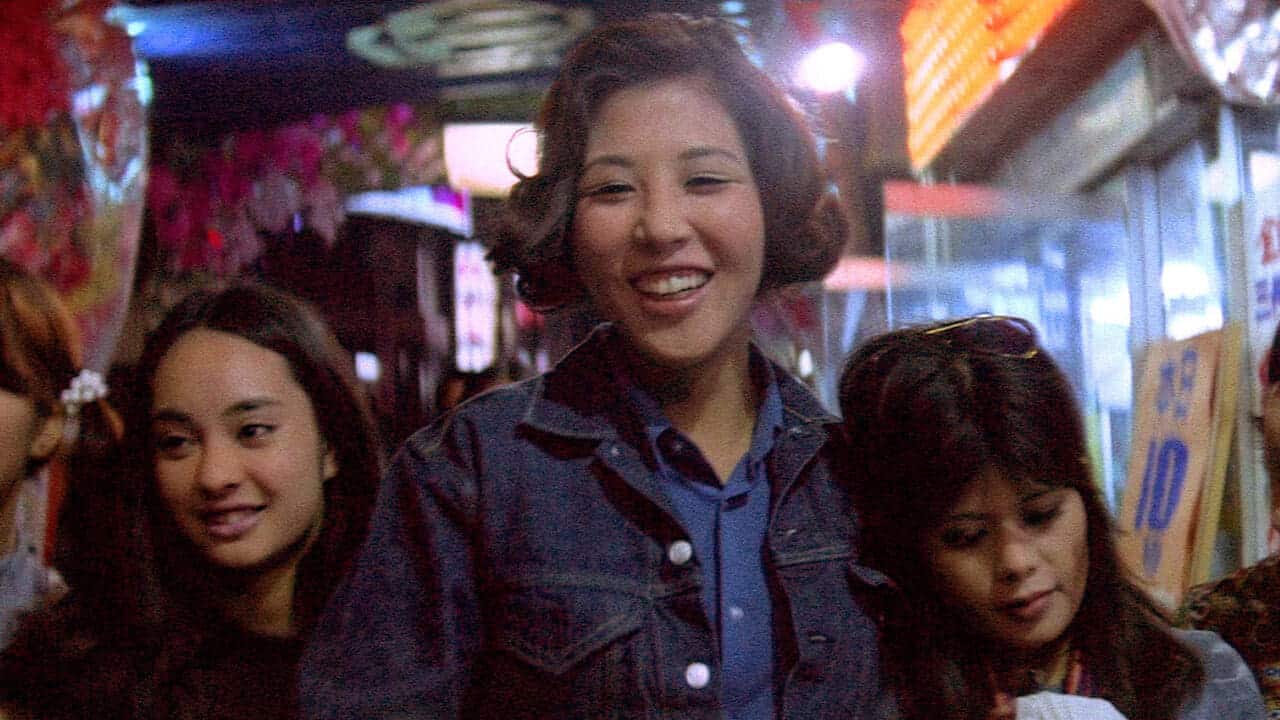The concept of “the prostitute” has been fascinating directors all over the world for quite some time, with the psychosynthesis of the sex professionals drawing as much interest as the opportunity to use the concept as a metaphor for various sociopolitical comments. Despite the fact that such themes always had issues with censorship, an abundance of movies about the subject can be also found in Asian cinema, and particularly in countries like Japan, S. Korea and India.
In this list, we will present 20 of the greatest Asian films about prostitutes in chronological order, with a focus on diversity regarding countries, directors (we overdid it a bit with Kim Ki-duk, but that is to be expected considering the filmography of the particular) and style of presentation.
1. Gate of Flesh (Seijun Suzuki, 1964, Japan)
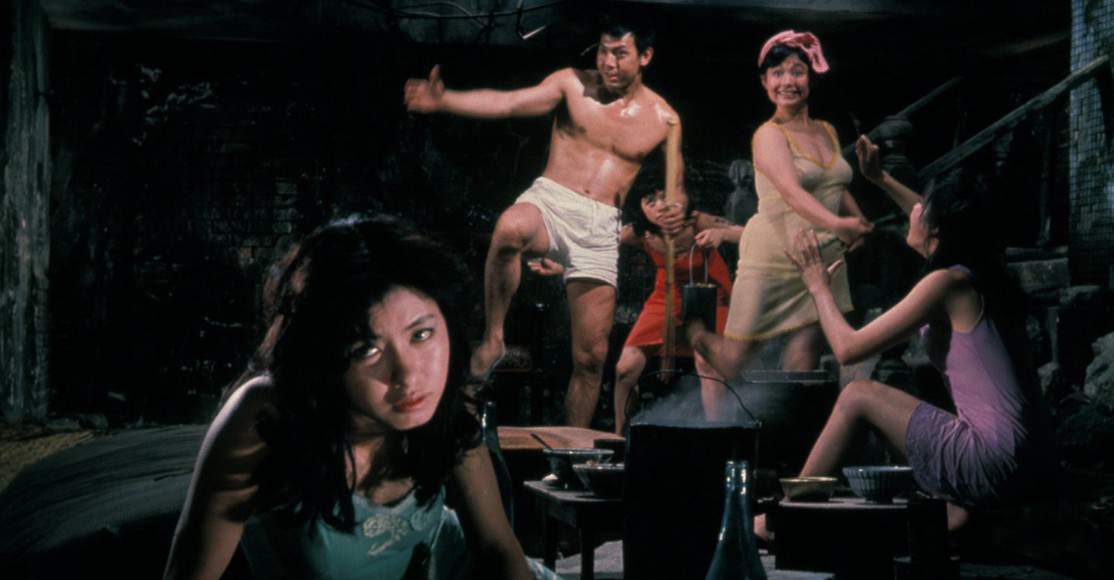
Mini-militias of prostitutes create their own code to survive in “Gates Of Flesh”, by selling themselves in an organised gang fashion, protecting their turf, of bombed out Tokyo, viciously. This was no time for romanticism, frivolity or even love; this is a brutal game of survival. Any weakness must be dealt with, harshly. This lurid exploitation film has much merit. Seijun Suzuki pleased the studio, with masses of nudity and girl violence. Exploitative it is, but this is a female dominated picture, displaying the tough choices many young Japanese widows had to make after the war. He describes his own early period of film making, as an assistant director at Shochiku Company, as a melancholic drunk. Mr Suzuki himself struggled with the national ennui after the war. (Jonathan Wilson)
2. Story of a Prostitute (Seijun Suzuki, 1965, Japan)

As a director who abhorred realism, he would use realism, like a weapon, when it mattered. With a nation facing up to its wartime conduct, “Story Of A Prostitute” brings this honesty to full effect, exploring the absurd, brutal and nihilistic codes that infused the way of life in militarist Japan. This huge theme is dissected in an exciting war picture about a military comfort girl prostitute! Making frank films in the mid 60-s about army brothels in Manchuria, would have been something quite unique in Western cinema. Seijun Suzuki looked at it straight in the eye, and created a memorable B-picture. Not that this entire picture is in the realist style, there is a brief idyll for the lovers in a monastery, and many of the actual scenes of war have a hallucinogenic feel, which Coppola established in “Apocalypse Now” later.
The French WWI poet Apollinaire wrote poetry about the bizarre surreal nature of carnage, all beautiful lights and exploding bodies. This is a war film though, Suzuki strips back the romanticism and ends it with sound and fury, signifying nothing! Driven by a deranged and sadistic code of conduct, no one can escape this insanity! He didn't focus on the politics but on the human behaviour these harsh codes created, ironically making them political. The high energy melodrama does all the talking. (Jonathan Wilson)
3. Gushing Prayer (Masao Adachi, 1971, Japan)

Masao Adachi's portrayal of youth struggling to find a way to conform into a failing society by numbing the senses through sexual acts, most notably prostitution, encapsulates the director's concern for future generations. Adachi, who was never one to shy away from controversy, treats sex not as a form of liberation, but rather as a way to conform for the disenfranchised, those not inclined towards the prevalent violent culture of the time. With the film continually asking the question “Can we Beat Sex?” it focuses on the story of four teenagers that believe they have nothing to offer society, beyond their bodies and sex. The story is told in a rather sporadic way, with odd transitions and constant flashes of political messages. The result is a film that touches many subjects, and although prostitution is not the primary focus, it becomes a constant to tie together various ideals. Ultimately, Adachi's use of sex acts more as a societal reflection, offering a bleak and metaphorical look at what prostitution can represent in a culture set to fail. (Adam John Symchuk)
Buy This Title
4. Pakeezah (Kamal Amrohi, 1972, India)
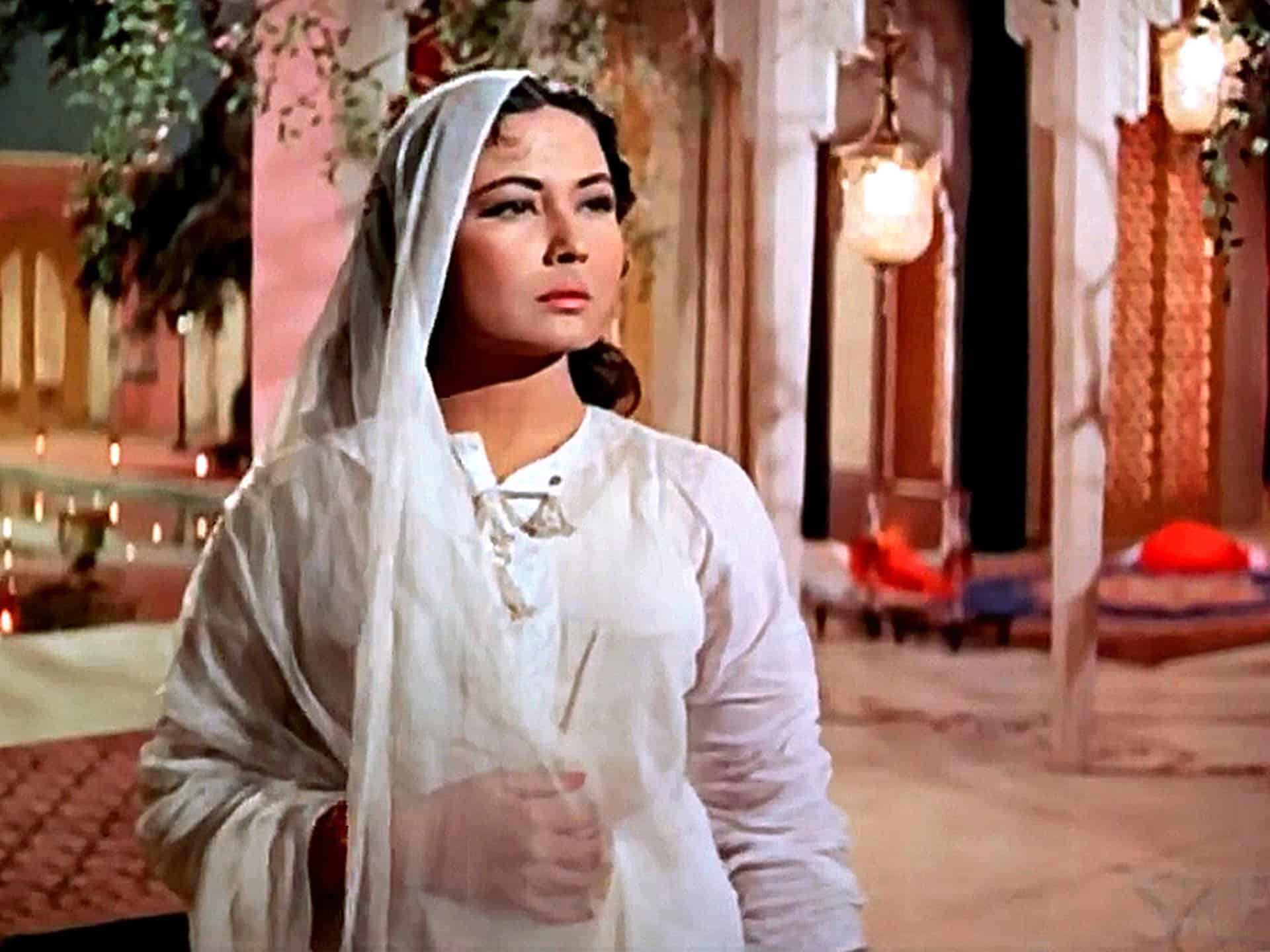

Kamal Amrohi movie is an epitome of male-dominated world, in which the only respectable path for a woman is marriage and motherhood, thus dependence on her husband. In terms of plot, “Pakeezah” is just a romance with obstacles, with the script meandering through unexpected twists of fate, old family secrets, conflicts and sudden reconciliations. Yet the movie's biggest worth comes from revoking the melancholy of the bygone era, wherein art was in the highest regard. It is an homage to the tawaif culture of the feudal India. The performance of Meena Kumari, one of the best dramatic actresses of Hindi cinema, is the heart and soul of the movie
Lavish sets, exquisite aesthetics, and glorious costumes recreated the tawaif world with artistry and grandeur nostalgia. Songs composed by Ghulam Muhammed remain among evergreens of the Hindi film music, especially the beautifully melancholic “Chalte Chalte ” . (Joanna Konczak)
5. Secret Chronicle: She Beast Market (Noboru Tanaka, 1974, Japan)

With the ‘Roman Porno' era containing a slew of films focused around prostitution, Noboru Tanaka's “She Beast Market” is exemplary in reflecting the amount of creative freedom given to directors working within exploitation film. Following the life of two prostitutes in Osaka, the story focuses largely on one subject's decline, but manages to transcend the bleak nature of its narrative. This mostly comes with a script that injects some degree of absurdity, including a scene where a man detonates a gas-filled love doll, in a suicidal retaliation against the gangsters in the area. The cast is an eclectic mix of real life celebrities of the time, ballerinas, feminists, poets, known druggies and some genre film icons, which further gives a sense of sensationalism to the project.
Perhaps most notable is the film's experimentation in the cinematography, that although a bit frenetic, offers a diverse and engaging presentation, particularly making great use of transitions from black and white into colour. Overall, “She Beast Market”, balances a strong socially conscience message on the plight of prostitutes and sensationalism in an unparalleled way, making it a gem within the already vibrant and engaging ‘Roman Porno' genre. (Adam John Symchuk)
Check also this interview
6. In The Realm of the Senses (Nagisa Oshima, 1976, Japan)
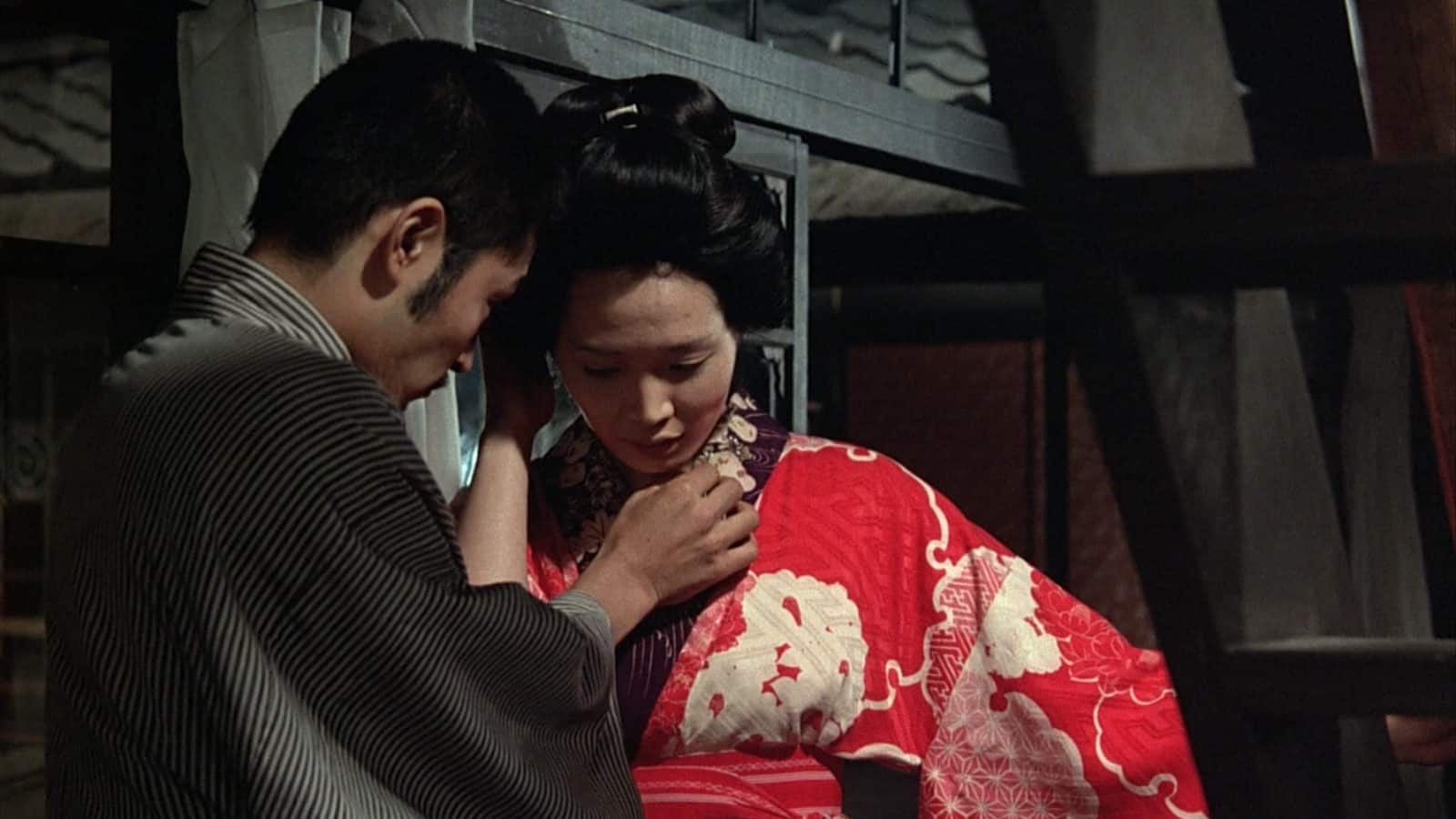
Nagisa Oshima based the film on the true story of Sada Abe, a woman who, in 1936, erotically asphyxiated her lover and subsequently proceeded to cut off his penis and testicles and carry them in her kimono. The movie describes the relationship between Abe and Kichizo Ishida, a hotel owner, through a plethora of erotically perverted scenes, up to its tragic conclusion. Furthermore, solely excluding the mutilations scene, the rest of the erotic scenes incorporated actual sex, including fellatio and an orgy with geisha using sex aids. However, beyond its evident promiscuity, Oshima managed to present, inside a claustrophobic setting, an erotic affair of intense paroxysm, a manifestation of love that surpassed the borderline of the extreme. (Panos Kotzathanasis)
7. Ticket (Im Kwon-taek, 1986, S. Korea)

Im Kwon-taek directs a rather dramatic film, which, this time though, does not fall into the trap of the melodrama, instead retaining a realistic approach, at least for the most part. The girls seem to exploit men, by selling them an illusion of appeal, but they too are exploited, mostly from the people whom they love. In that fashion, Im seems to blame men for the situation these women find themselves in, essentially presenting them as petty, vindictive even cowards occasionally. The clash between the two sides is inevitable, and violence eventually takes over, with the women being mostly on the receiving end. The finale, however, somewhat changes this perspective, although only for a little while.
As the film deals with prostitutes, Im could not but include elements of sensualism, benefiting the most by the appearance of the female cast. In the end, however, drama is the one that dominates the narrative, putting all other elements in the background, highlighting the misery of the profession in that fashion. (Panos Kotzathanasis)
Check also this interview
8. Rouge (Stanley Kwan, 1988, Hong Kong)
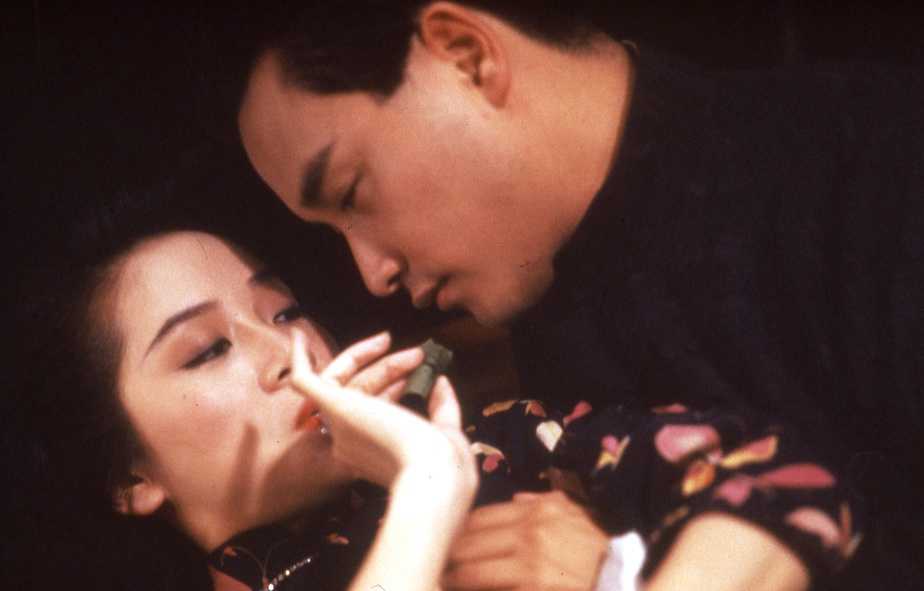
If one were to use three words to define “Rouge”, they would definitely be nostalgia, drama, and style. The first term revolves around Hong Kong and the huge changes it experienced in the 50 years the story unfolds in, with Stanley Kwan filling the narrative with a rather romantic and somewhat glorified image of the past, at least regarding the courtesans and the opium dens. “People used to pay to touch my neck,” says Fleur to Yuen at one point, in a rather indicative statement of this particular aspect. Drama, however, is what remains from both timelines, with the glorification of the past eventually giving its place to the harsh realization of the then societal norms, while the film's finale cements this element in the most impactful way. (Panos Kotzathanasis)
9. Salaam Bombay (Mira Nair, 1988, India)

In many publications, the story of how Mira Nair (director) spent her time to understand the nature and emotions of the slum-poverty surfaced and showed the extent of honesty and hard-work she was ready to put into this film. The actor who plays the role of Krishna and many of his friends, who play characters in the film, were picked from below – the – poverty- line life of Mumbai's slum area. The success of this process becomes evident on the screen, as the audience witnesses the effortless blending of the characters with the direction of Mira Nair. Her style of direction and dogma rejected artificially made sets, so the actors reveal their reactions to their life when they are ready, in a tactic that brings the audience to the core of the class where every penny counts. This is neither a fast film nor it tests audience's patience, rather it allows them much time to connect with every detail and to be moved. (Rouven Linnarz)
10. Birdcage Inn (Kim Ki-duk, 1998, S. Korea)

This time, Kim examines the relationship of Jin-ah, a 24-year old prostitute who gets a job at a seaside motel, with the members of the family who run it. Their behaviour towards her varies. The father and son want to have sex with her, and they fall in love with her. The daughter hates her because she represents how disgraceful the family business is while the mother, who is also the boss, treats her typically, as an employee. She, on the other hand, carries many crosses, but the only thing she seems to search for is a family. All the trademarks of Kim's cinema are here – few dialogues, brief sexual scenes, violence, and a permeating sense of depression. At the same time, and despite the miniscule budget, he manages to present a number of images of extreme beauty, even in this setting. (Panos Kotzathanasis)



